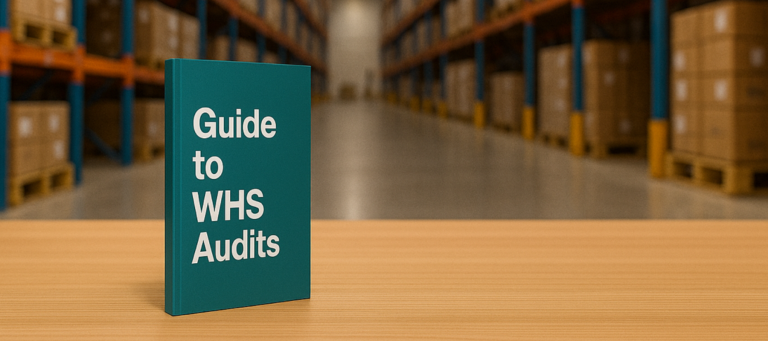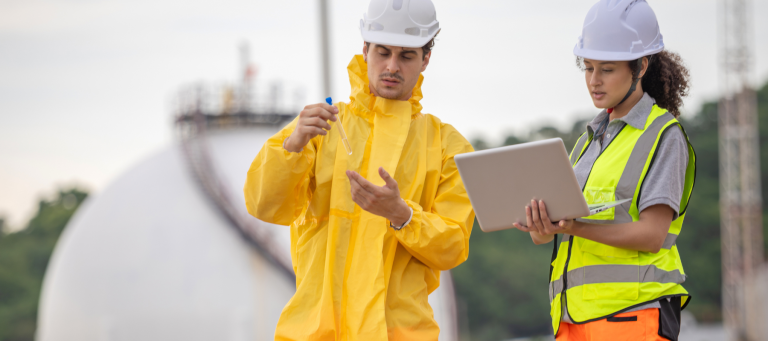In this blog, we will cover some of the key aspects of measuring the return on safety investment.
The unfolding bushfire situation across the eastern seaboard of Australia has been devastating for many.
One thing to emerge has been that a significant number of people who were impacted by these fires were not adequately prepared for their severity. Hence, these people lost a significantly greater amount of possessions and property.
Yet, we can draw lessons from this and other disasters. The lesson is undoubtedly about being better prepared for the unexpected.
Start planning and preparing
How can we move from not planning, to planning for scenarios, and then building strategies to manage the consequence?
Undoubtedly, the question that should, and will be, asked is:
How will this preparation add benefit to the bottom line of our business?
Yes, it can be hard to justify expenditure when there is no readily discernible benefit.
However, to quantify such a benefit, we should consider the direct costs associated with a workplace incident.
Direct costs can include:
- Workers compensation payments – premium increases from direct claims costs/estimates and poorer insurance performance;
- Medical expenses;
- Civil liability damages – civil law claims payments made by victims of the accident
- Litigation expenses
- Property / damages losses
On top of this, the indirect costs can be significant, and occur due to:
- business disruption
- lowered worker moral
- loss of experience and skills.
A survey of financial decision makers whose organisations had experienced an injured worker(s) was undertaken in the USA in 2011. Results showed that the average indirect cost was $2.12 for every $1 spent on direct injury related costs.
In developing a business case for safety expenditure, the indirect incident related costs should be considered.
Safety expenditure can indeed take many forms
These can range from:
- Structural spending: required by all businesses to attain adequate protection from generic hazards such as emergencies
- Specific expenditure: to identified areas of potential risk before that harm eventuates (for example addressing faulty equipment, worker mental health, etc.).
Expenditure can include (but not be limited to) purchase of safety equipment, development of safe working procedures, or implementation of associated training.
Benefits to the business from safety expenditure are often hard to quantify
In attempting to quantify the return on safety investment, the timeframe of the expenditure return needs to be considered (e.g. return in 1 year or 2 years, etc.).
Multiple studies have estimated a savings return, from safety expenditure. These include:
In 2018, the Journal of Occupational and Environmental Medicine published an economic analysis of 19 randomised, employer-driven interventions outlined in studies from 2005 to 2016. Results showed that 11 were cost-effective. Of the interventions identified as not cost-effective, a majority focused on individual – and not organisational – levels (J Occupational Environmental Medicine. 2018 Feb; 60(2): 147–166).
A summary report produced by Safe Work Australia in 2014 concluded that, in broad terms, research supports the proposition that investments in stronger WHS practices will provide a positive return on investment. This is said to occur through reduced costs associated with poor WHS outcomes and improved productivity, or other outcomes that add value to the business (Safe Work Australia: Workplace Health and Safety, Business Productivity and Sustainability).
In the area of positive worker mental health programs, recent research by Deloitte in Canada revealed that the median yearly ROI on mental health programs was CA$1.62 among companies that provided at least three years’ worth of data. With companies whose programs had been in place for three or more years providing a median yearly ROI of CA$2.18. (Deloitte Insights (2019). The ROI in workplace mental health programs: Good for people, good for business A blueprint for workplace mental health programs).
Clearly much time and attention has gone into estimating the financial impacts of health, safety and wellbeing initiatives.
Whilst this work may indicate the willingness of industry to partake in such activities stemming from the bottom line and not from a position of care and responsibility for their people, it is nonetheless a useful thing to understand.
The long and the short of it is; We can – and must – be better prepared to confront the safety challenges we face in our places of work. If only to ensure that our people, our peers, and our friends remain healthy and safe at work.
Written By Stephen Pehm | Senior Consultant
Stay updated on our latest blogs on how to measure the return on safety investment. Find more articles here.






